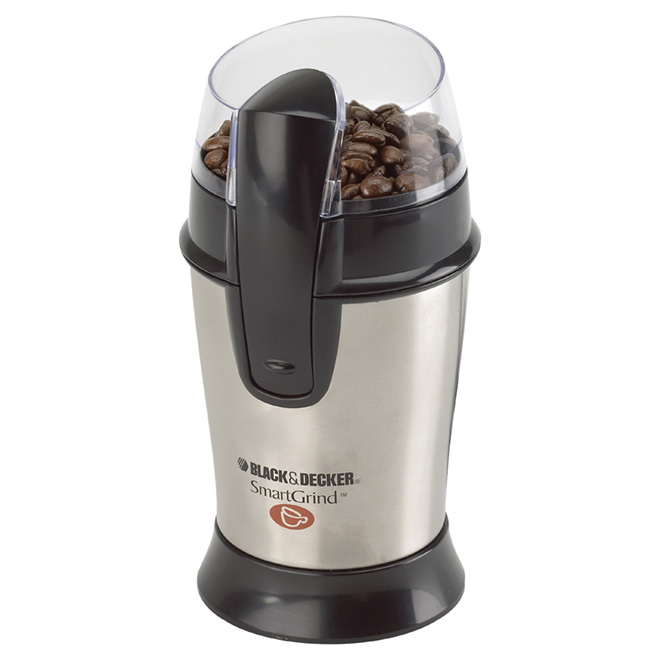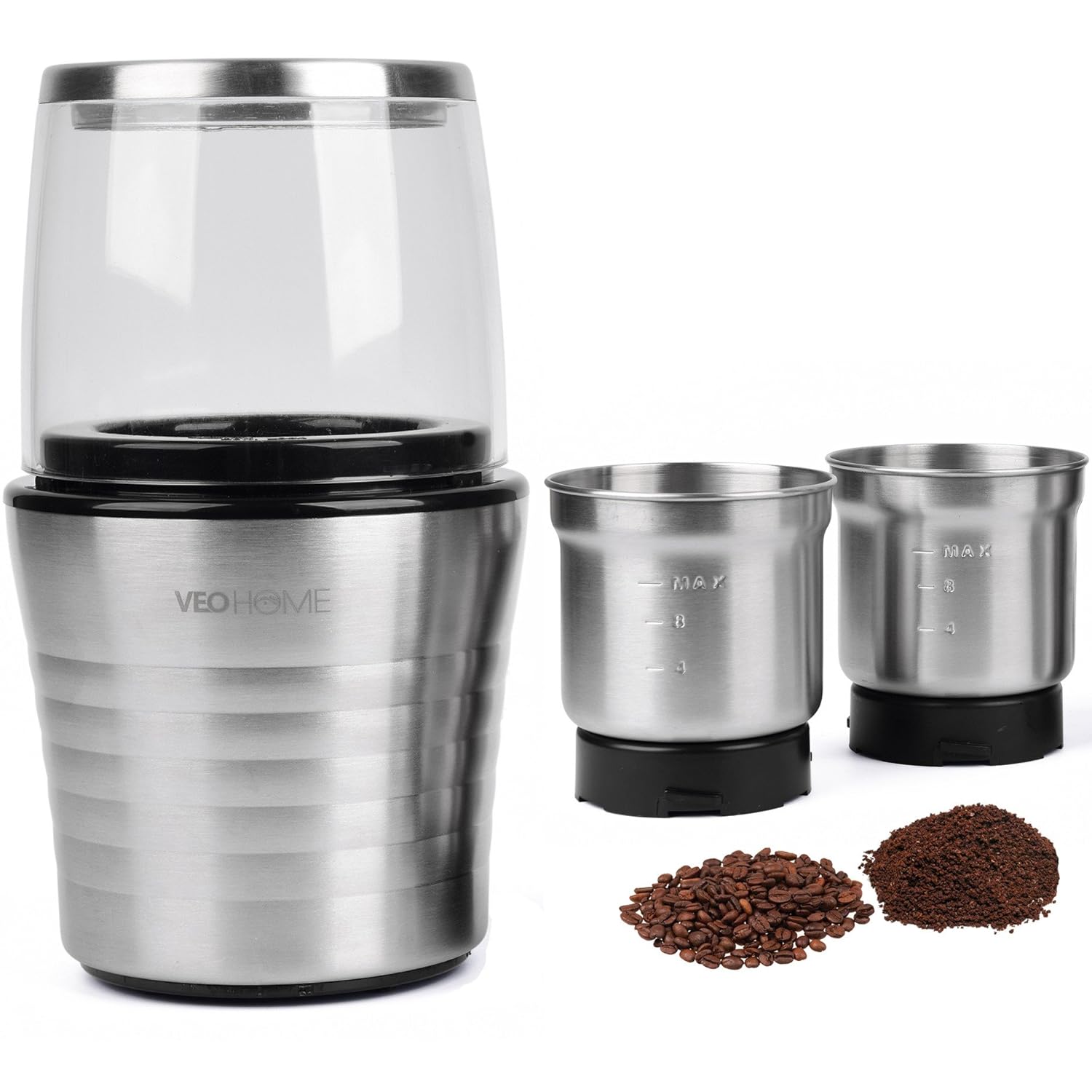Coffee is undoubtedly one of the most cherished beverages around the world. From the first sip of an early morning brew to the rich aroma that fills the air, coffee holds a special significance in many cultures and households. However, the quest for the perfect cup of coffee often comes down to one critical factor: the grind. One common question arises for those who seek convenience in their coffee-making process: Can you grind coffee beans in a food processor? The answer is yes, but there are nuances to consider. This article will explore how to grind coffee beans in a food processor, the pros and cons, alternatives, and much more.
Understanding Coffee Grind Sizes
Before diving into the specifics of using a food processor, it’s essential to understand that different brewing methods require different grind sizes. The grind can range from coarse to fine, and each size influences the extraction process.
Coarse Grind
Coarse grinds have a chunky texture and are generally used for brewing methods such as French press and cold brew. The larger particles allow for slower extraction, leading to a rich flavor profile without over-extraction.
Medium Grind
Medium grinds resemble granulated sugar and are versatile enough for drip coffee makers and pour-over methods. They allow for a balanced extraction time, producing a well-rounded cup of coffee.
Fine Grind
Fine grinds look similar to table salt and are typically used for espresso and Aeropress. The smaller particles yield a quick extraction, producing a concentrated flavor but requiring precise timing to avoid bitterness.
Understanding these grind sizes will help you determine the approach when using a food processor or any other coffee grinder.
Using a Food Processor: The Basics
Step-by-Step Guide
If you’re equipped with a food processor and a bag of whole coffee beans, you’re already a step closer to enjoying freshly ground coffee. Here’s how to do it:
- Select Your Coffee Beans: Choose high-quality coffee beans that align with your flavor preferences. Whether you opt for light, medium, or dark roast, make sure they’re whole beans.
- Measure the Beans: Determine how much coffee you’ll need based on your brewing method. General rules suggest about 1-2 tablespoons of coffee per 6 ounces of water.
- Prepare the Food Processor: Ensure the food processor is clean and dry. Mode options may include pulse or high-speed blending.
- Add the Coffee Beans: Pour your measured beans into the food processor’s bowl.
- Choose the Right Setting: Use the pulse feature for a controlled grind. By pulsing a few times, you can monitor the consistency.
- Check Grind Size: Stop the processor occasionally to check the grind size. Scrape down the sides if necessary.
- Transfer to a Container: Once you’ve achieved your desired grind, transfer the coffee grounds to an airtight container for freshness.
Tips for Consistency
Using a food processor can produce uneven grinds; hence, here are some tips to achieve more consistent results:
- Pulse Before Grind: Before you start grinding, pulse a few times to “break” the beans. This helps them break down more evenly.
- Don’t Overload: Grind in smaller batches to avoid clumping and uneven sizes. A half-cup of beans at a time is usually optimal.
- Timing: Be mindful of time; grinding for too long can produce heat, altering the flavor profile.
Pros and Cons of Using a Food Processor
Using a food processor to grind coffee beans has its advantages and disadvantages. Here’s a breakdown:
Pros
- Convenience: If you don’t have a dedicated coffee grinder, a food processor is a readily available alternative.
- Versatility: Many food processors come with various attachments and speed settings, allowing you to explore different grind sizes.
- Cost: If you’re on a budget, using a food processor may be more economical since you don’t need to purchase a separate grinder.
Cons
- Inconsistent Grind: It’s challenging to achieve the even grind necessary for optimal extraction. Uneven grinds can result in over-extracted bitter flavors mixed with under-extracted weak flavors.
- Heat Generation: Food processors generate heat during the grinding process, which can negatively affect coffee flavor, leading to a burnt or stale taste.
- Cleaning Difficulty: Coffee oils and grounds can stick to food processor blades, making cleanup more challenging than with a dedicated coffee grinder.
Alternatives to Food Processors
While a food processor can effectively grind coffee beans, several alternatives are available that may provide better results.
Burr Coffee Grinders
Burr grinders use two revolving abrasive surfaces to crush coffee beans into a uniform size. They offer superior consistency compared to food processors. You can find manual or electric options to suit your style and budget.
Blade Coffee Grinders
Blade grinders are another affordable option, although they function similarly to food processors. They can create an inconsistent grind but are generally more compact and easier to clean than a food processor.
Mortar and Pestle
For a more traditional approach, a mortar and pestle can be used to grind coffee beans. This method requires manual effort but provides excellent control over grind size and consistency.
Espresso Machines with Built-in Grinders
If you’re an espresso lover, consider investing in an espresso machine with a built-in grinder. These machines are designed to produce the perfect grind for espresso, ensuring a quality cup every time.
Best Brewing Methods for Various Grind Sizes
Choosing the right grind is only one part of achieving the perfect cup of coffee. The brewing method can significantly affect the final taste. Below are some common methods paired with recommended grind sizes:
French Press
For a French press, a coarse grind works best. The longer steep time allows for a full-bodied flavor while minimizing bitterness.
Pour-Over
Medium grind is ideal for pour-over brewing, such as a Chemex or V60. This method promotes even extraction and allows for complex flavor notes to shine through.
Espresso
Espresso requires a fine grind to create enough pressure for extraction. This method yields a concentrated flavor ideal for lattes, cappuccinos, and other espresso-based beverages.
Cold Brew
For cold brew, coarsely ground coffee steeped in water for 12-24 hours allows for a smooth, low-acidity coffee experience.
Aeropress
With Aeropress, you can experiment with different grind sizes, but a medium-fine grind often yields the best results. This versatility lets you enjoy various flavors and strengths.
The Importance of Freshness
Regardless of the method you choose to grind your coffee beans, freshness is key. Here’s why:
Flavor Retention
Coffee beans lose their flavor quickly after grinding. The essential oils and aromatic compounds that make coffee delicious dissipate, impacting the final taste. Grinding just before brewing maximizes freshness.
Storage Tips
Store whole coffee beans in an airtight container away from light, heat, and humidity to prolong their freshness. Avoid refrigerating or freezing them, as these methods can introduce moisture.
Grind Only What You Need
Only grind as much coffee as you plan to consume to ensure the best flavor. If the fresh cone of the bean has left your hand, brew as soon as possible.
 Enhancing Your Coffee Journey
Enhancing Your Coffee Journey
Finally, grinding coffee beans isn’t just about the final product; it’s about the whole experience. Here are some tips to enhance your coffee journey:
Experiment with Different Beans
Different coffee beans offer a unique flavor profile. Exploring various origins, roasts, and blends can broaden your palate and elevate your coffee experience.
Try Different Brewing Methods
While your favorite brew method may be a French press or drip coffee maker, experimenting with different techniques—like pour-over or cold brew—can reveal new flavors and experiences.
Keep a Coffee Journal
Documenting your coffee journey can yield insights into your preferences. Take notes on the beans, grind sizes, brewing methods, and flavors you enjoy.
Conclusion
So, can you grind coffee beans in a food processor? The answer is a qualified yes. While food processors can be a convenient tool for grinding coffee, they may not offer the best results in terms of consistency or flavor. However, with the right techniques and an understanding of grind sizes, you can produce satisfactory results. Explore various methods to enjoy your coffee experience, keep experiments flowing, and relish every cup to its fullest. Whether you’re grinding in a food processor or using a specialized grinder, the journey toward the perfect cup of coffee is an adventure worth savoring.




